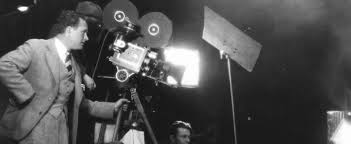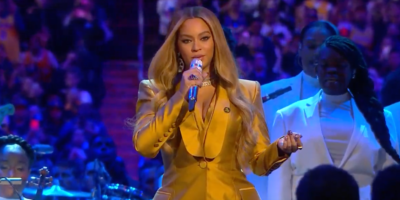Disclaimer: The views, suggestions, and opinions expressed here are the sole responsibility of the experts. No Pacific Daily journalist was involved in the writing and production of this article.
Present and Future of Black Music , How Queen and Slim’s Filmmakers Catch the Past

Melina Matsoukas has guided the absolute most persuasive music recordings of the previous decade. She set Beyoncé on an overwhelmed vehicle in “Arrangement” and constructed paradise and oppressed world in Rihanna’s “We Found Love.”
They acquainted Lady Gaga’s kooky drama with the world in “Simply Dance.” Through her numerous thoughtfully yearning and extraordinarily adapted works, Matsoukas moved the cutting edge desire and tasteful of the music video, carrying it closer to those of an element film.
So it’s nothing unexpected that her directorial highlight debut, Queen and Slim, is profoundly obligated to music. The film has been known as a cutting edge Bonnie and Clyde: it pursues the two eponymous characters (played by Jodie Turner-Smith and Daniel Kaluuya) who escape south after Slim executes a cop in self-protection.
The pair invests a lot of their energy alone out and about—yet as indicated by Matsoukas, music “turns into another character on their voyage.” It leaks out of vehicle radios, New Orleans homes and Mississippi juke joints, filling in as a sentimental flash, a disorganized specialist and an alleviating salve.
Matsoukas’ melodic desire for the film, be that as it may, went past essentially giving aural settings. She wanted to interface Queen and Slim with a background marked by dark dissent music; to honor her preferred soundtracks while likewise giving a stage to rising dark performers.
The outcome is a shocking collection of sound: the film is stuffed with old and youthful ability, from Lauryn Hill to Roy Ayers to Lil Baby, and furthermore pushed forward by an eerie score composed and performed by Devonté Hynes.
Putting these pieces together was an untidy and multilayered process, loaded with wild eyed innovative blasts, missed cutoff times, endless amendments and commitments from probably the greatest names in the music world. Here’s the means by which Matsoukas and her group made a tribute to the past, present and eventual fate of dark music.
“I wanted to show our roots”
Dark music was a key segment of Queen and Slim from the beginning. When Matsoukas read Lena Waithe’s content—based off a unique thought by James Frey—it previously contained a scene in which Queen and Slim contend over Luther Vandross, also one in which Slim tunes in to gospel music so as to quiet down. Music would illuminate the contrasts between their characters—and in the end give a scaffold to them to experience passionate feelings for.
Yet, a significant number of the melodic prompts were vague, and Matsoukas would have liked to fill them in with pinpoint enthusiasm so as to make an exemplary soundtrack like the ones that they and Waithe grew up with—from motion pictures like Love Jones, Love and Basketball and The Nutty Professor, which were loaded up with world class craftsmen of their periods.
“We wanted to bring the soundtrack back,” Matsoukas said. “I wanted to introduce the new generation to a lot of older black artists; to honor the legacy of black music and the diversity within it, and to show our roots and the blues and soul music up to now.”
Chunk Hemingson was born in Edinburgh, Scotland and studied at the University of Birmingham. He worked as a content writer in a digital marketing firm, during which he wrote number of articles. He is amazing human being. He is currently working on a pacificdaily.us websites as his passion.
Related News

Haris Alexiou’s great singing odyssey reaches a end
Spread the loveOne of the most mainstream singers in Greece, Haris Alexiou reported that she’sRead More

The importance beyond the music : Songs at Kobe Bryant’s dedication
Spread the loveThe melodies played during Kobe Bryant’s tribute at the Staples Center had aRead More